The beautiful sunny weather in October invited us to explore different unknown places along the Montenegrin Coast: Luštica was one of them. This peninsula is a paradise for photographers, but will it remain so attractive in the future? Hard to say, as many new modern houses and resorts are under construction nowadays. But we succeeded in finding various original and traditional corners.
Luštica is located at the entrance of the Bay of Kotor and offers wonderful views of the Tivat and Herceg Novi Riviera. It has a surface of 47 square kilometers and it is 13.2 km long and 5.9 km wide. There are 15 settlements with 22 churches on the peninsula.
Luštica was mentioned for the first time in the Middle Ages, when the Serbian King Radoslav presented Luštica to Kotor as a gift. It is believed that it was called Luštica, as its looks like a shell (“ljuska”).
The highest point of the peninsula is Mount Obosnik at an altitude of 582 m above sea level. As the coast is very indented, its length amounts to 35 km, which is 12% of the total length of the Montenegrin Coast.
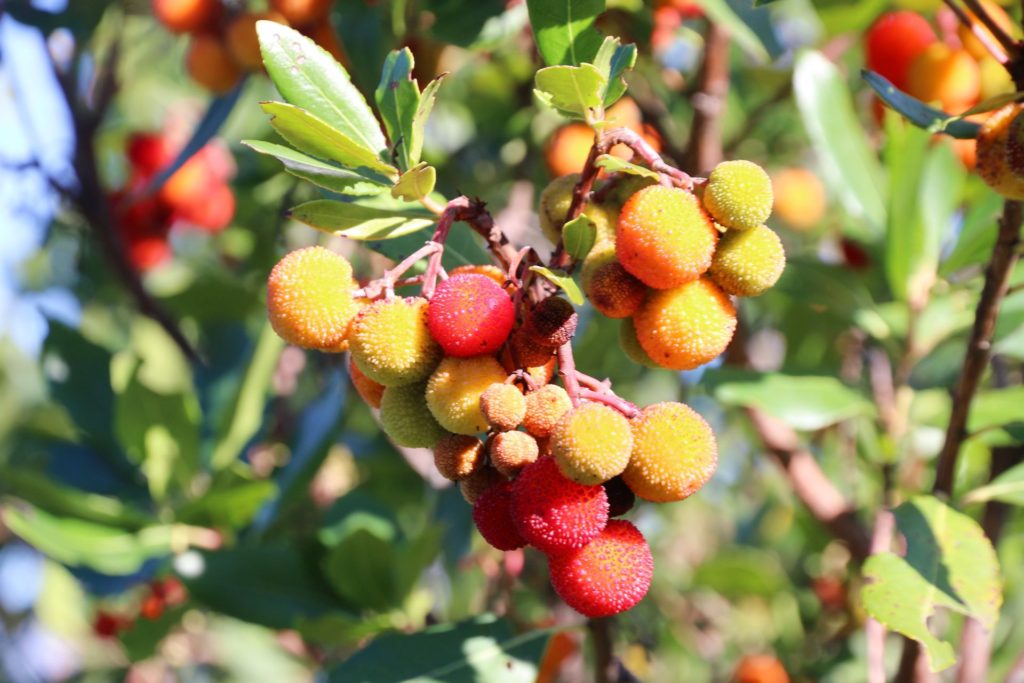 Luštica is especially beautiful in autumn, with its green hills, olive groves and pomegranate trees. It is famous for its olives, smoked ham and cheese, and maginjača, rakija made of the fruit of the strawberry tree (Arbutus unedo) is a typical product of this area. Narrow paths lead to the small settlements and beaches on the shore, while the old olive groves in the hills are divided by dry stone walls.
Luštica is especially beautiful in autumn, with its green hills, olive groves and pomegranate trees. It is famous for its olives, smoked ham and cheese, and maginjača, rakija made of the fruit of the strawberry tree (Arbutus unedo) is a typical product of this area. Narrow paths lead to the small settlements and beaches on the shore, while the old olive groves in the hills are divided by dry stone walls.
You can still find beautiful old fishermen’s houses and farms here, but the peninsula is not that idyllic as I would like it to be. There are many construction endeavors that do not go with the “wild beauty” promoted by Montenegro.
The route
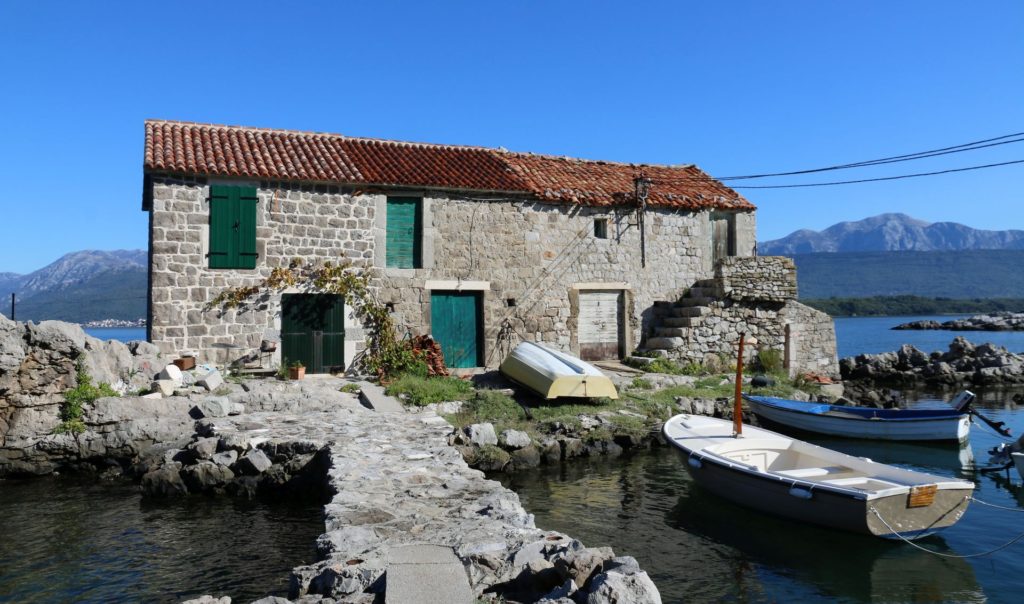 Along the Adriatic Highway from Budva to Tivat, there is a roundabout that separates the roads towards Kotor, Tivat, and Luštica. Turn left and you will soon reach Tivat Solila.
Along the Adriatic Highway from Budva to Tivat, there is a roundabout that separates the roads towards Kotor, Tivat, and Luštica. Turn left and you will soon reach Tivat Solila.
Follow the paved road through Luštica. Turn right from Radovići and pass through the villages of Bjelila and Krašići.
Continue to the village of Rose. Just before reaching the village, there is a parking lot on the left side of the road. This is where you can find the Austro-Hungarian fortress of Kaballa. Follow the walking trail with red marks (150 m) and then take the narrow path on the left to reach the fortress. Behind this fortress is another fort, Luštica, which is hardly accessible and totally devastated.
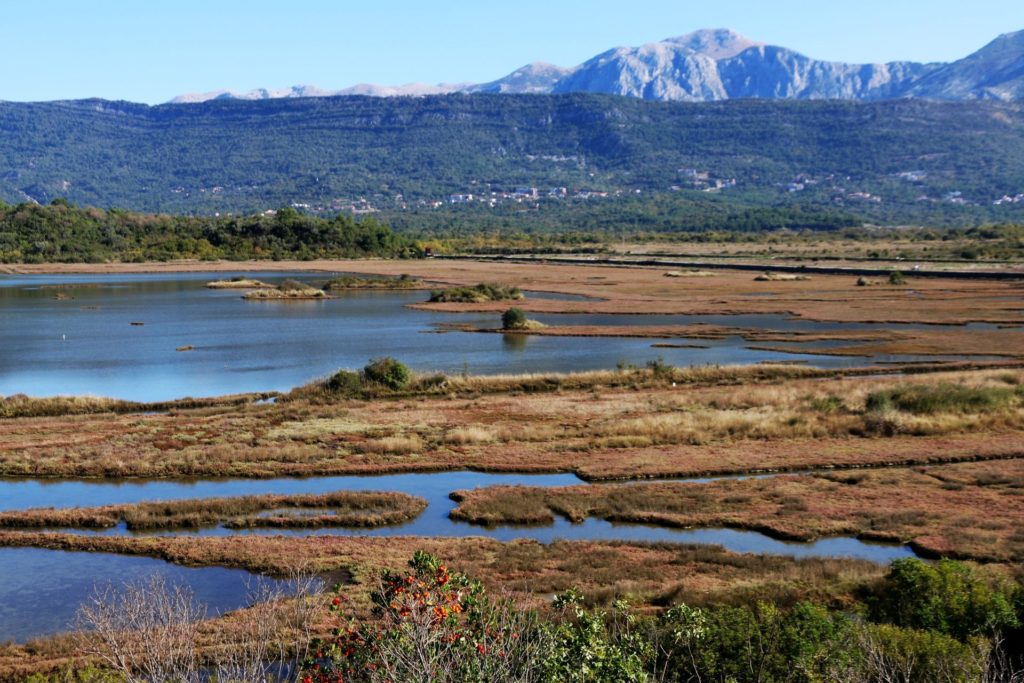 The village of Rosa is situated at the very end of the peninsula. Park your car and explore the village.
The village of Rosa is situated at the very end of the peninsula. Park your car and explore the village.
From Rose you can take the other side of the peninsula, along the beaches of Žanjić and Mirište. Rt Arza is another abandoned fortification from Austro-Hungarian times, and so is Mamula, a fortress-island that is now under reconstruction.
It is nice to take a look at the bay of Ponta Veslo, but new houses and modern architecture will probably spoil your impression.
Return to the main highway through Radovići, passing the Luštica Bay resort.
Our Trip
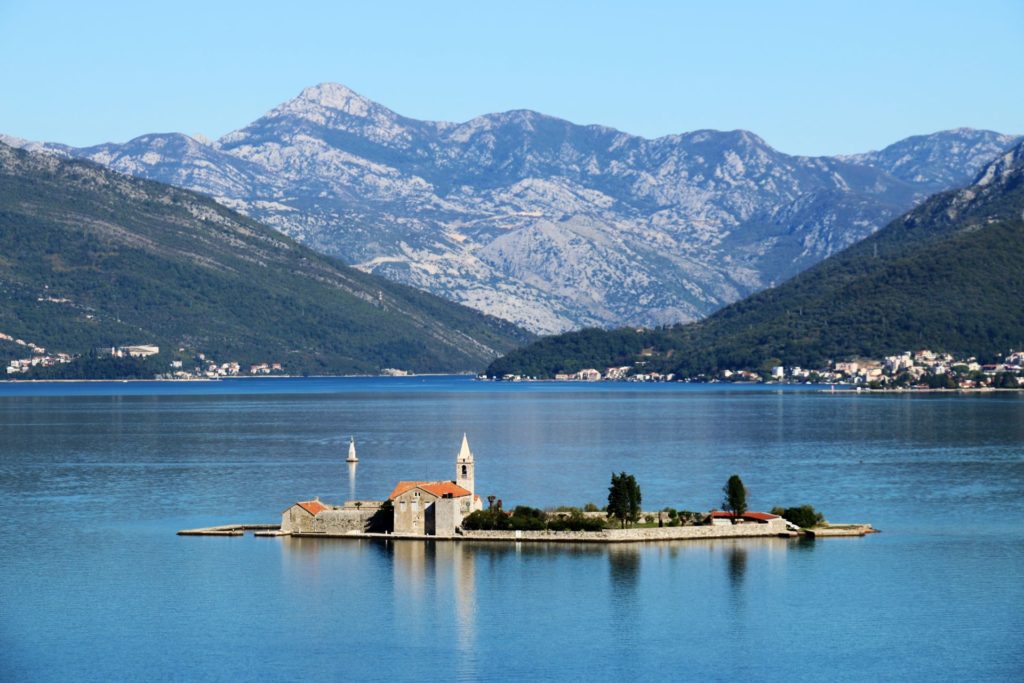 We started our tour with a visit of the Tivat Solila. This is a special botanical and animal reserve, situated in the swamp area of the Bay of Tivat. It is home to rare bird species and it has been a protected area since 2008.
We started our tour with a visit of the Tivat Solila. This is a special botanical and animal reserve, situated in the swamp area of the Bay of Tivat. It is home to rare bird species and it has been a protected area since 2008.
The reserve is divided into two parts by a 2 m high causeway. One part is filled with seawater and the other one consists of pools and channels rich in marsh vegetation. It is nice to walk along this causeway and pass its ten little bridges. On one side you will see vegetation that grows in salt water and on the other side is freshwater vegetation.
We expected to see gulls, ducks, herons or hawks, and maybe also flamingos and cormorants, but unfortunately, there were no birds at all – we just spotted a few herons… But nature is wonderful in this part of the bay.
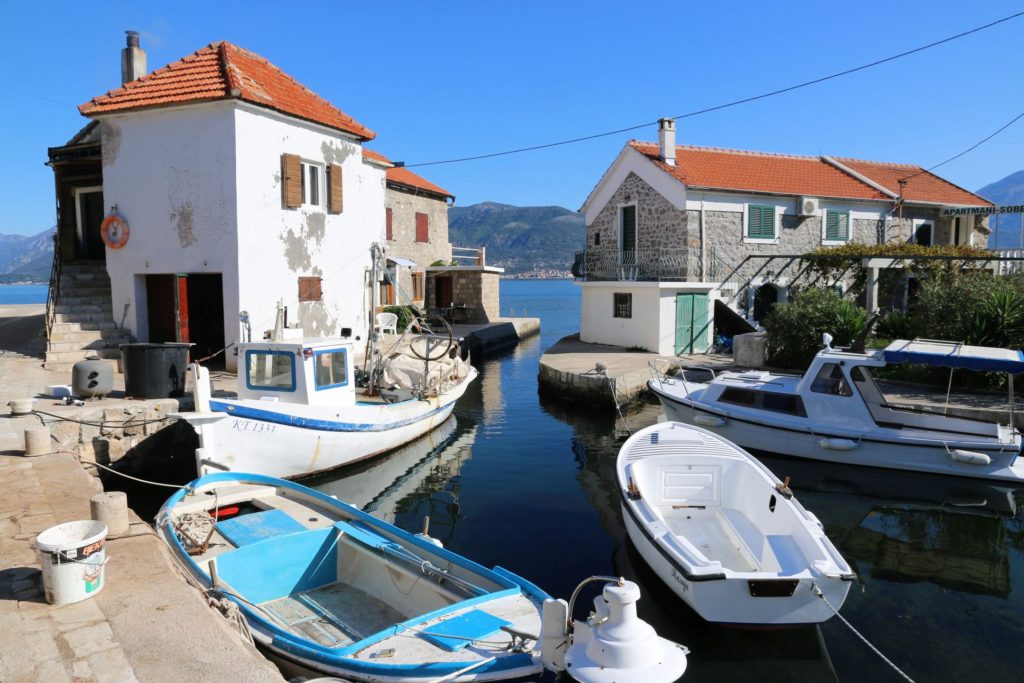 Continuing our trip, we saw the photogenic island of Gospe od Milosti (Our Lady of Mercy) or Školj just off the coast.
Continuing our trip, we saw the photogenic island of Gospe od Milosti (Our Lady of Mercy) or Školj just off the coast.
This island was artificially erected by pouring materials around an underwater cliff of natural origin. On this small island measuring about one hundred and fifty meters, there is a Franciscan monastery and a church dedicated to Our Lady of Mercy, built in the second half of the 15th century.
Driving further along the narrow paved road, we were impressed to see the little village of Bjelila with some very picturesque photo motives. I can imagine that it might be crowded during the summer, but now it looked like a fairy tale.
Of course, the village of Krašići is just a bunch of modern buildings, built without any urban planning. But from the cliffs we had a wonderful view of the new complex of Porto Novi in Kumbor, a fantastic holiday resort that was opened last year.
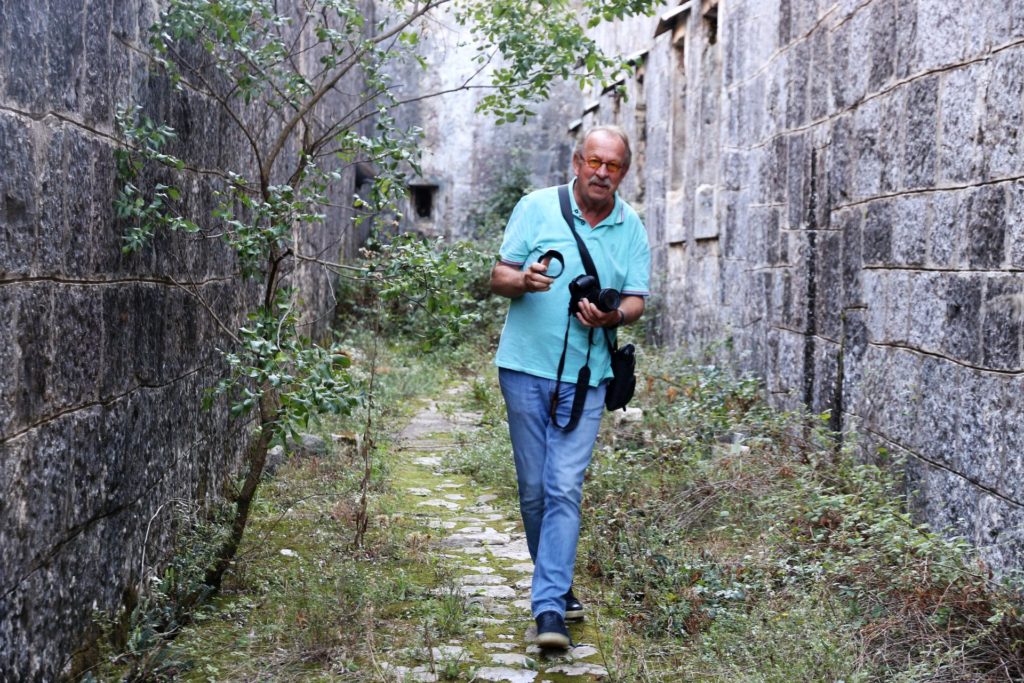 Before reaching Rose, we saw a parking lot, marked with red cords, which was obviously a sign to visit the Austro-Hungarian fortress Kaballa,
Before reaching Rose, we saw a parking lot, marked with red cords, which was obviously a sign to visit the Austro-Hungarian fortress Kaballa,
There were no further signposts but we followed the walking trail (150 m) and succeeded in finding the entrance to the fortress.
The fortress appeared to be in excellent condition. The roof was totally covered with huge agavas and other cactuses, which made the fortress almost invisible. It was interesting to walk in between the wallings, which were still well preserved. We made a walk around the fortress and enjoyed the wonderful views.
After visiting the fortress, we descended to Rose. What a beautiful village, not spoilt by any modern constructions! The Captain’s houses and palaces of Rose are lined up on the front of the quay and they are well-protected from the winds.
 A little church is standing amoung the houses and at the end of the quay we visited another fortress, Forte Rose. In the meantime, this fortress has been transformed into an exclusive resort. Only two cannons are a reminder of past times.
A little church is standing amoung the houses and at the end of the quay we visited another fortress, Forte Rose. In the meantime, this fortress has been transformed into an exclusive resort. Only two cannons are a reminder of past times.
Rose has an interesting history. It used to be a quarantine during the Venetian administration for seamen from all over the world. Another story tells us about the relics of St. Tryphon. Due to a storm in 809, a group of Venetian merchants sheltered in the Rose Bay.That was a ship from Constantinople, which traveled to Venice and when the people from Kotor found out that the relics of St. Tryphon were on board, they managed to buy it. Since then, St. Tryphon is the protector of Kotor.
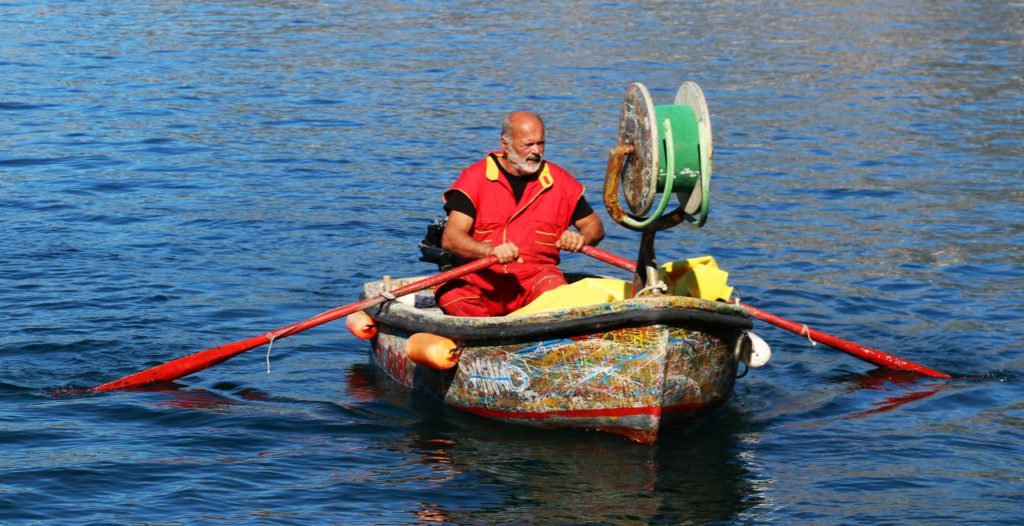 Leaving Rose, we kept right and followed the road through olive groves and charming little villages to the beaches of Mirište and Žanjić. Of course, everything was abandoned now, but we could stll see the beauty of these places.
Leaving Rose, we kept right and followed the road through olive groves and charming little villages to the beaches of Mirište and Žanjić. Of course, everything was abandoned now, but we could stll see the beauty of these places.
Near Mirište is Cape Arza. We had visited Forte Arza before, but we were not eager to see the Mamula fortress-island, just off the coast, which is now being valorized and turned into a place of enjoyment.
I was quite impressed by the beautiful landscapes in the continental part of Luštica. The picturesque maginja trees (strawberry trees or Arbutus unedo) were full of red, orange and yellow berries.
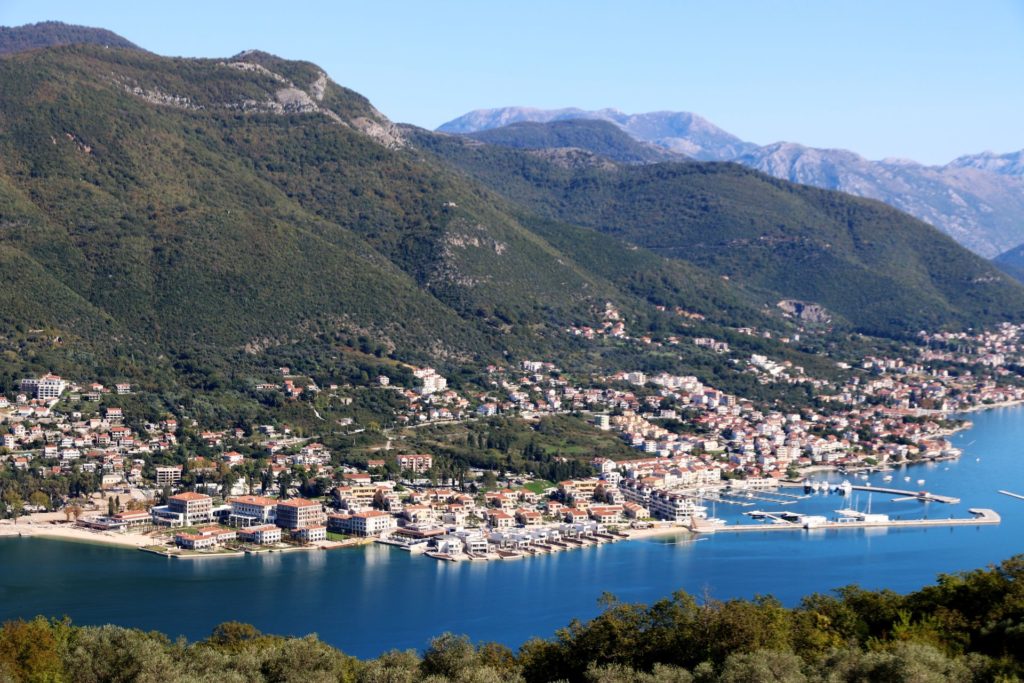 It is from their small fruits that the maginjača, the beloved drink of locals and visitors, is made. For centuries, the maginja plant was considered wild, and years went by before people began to realise that mouth-watering marmalade and warming liquor could be made from its inviting berries. Over time, the local people of Krtoli and the Luštica Peninsula embraced this fruit and the production of maginja rakija took off.
It is from their small fruits that the maginjača, the beloved drink of locals and visitors, is made. For centuries, the maginja plant was considered wild, and years went by before people began to realise that mouth-watering marmalade and warming liquor could be made from its inviting berries. Over time, the local people of Krtoli and the Luštica Peninsula embraced this fruit and the production of maginja rakija took off.
We saw many signposts for hikers and I can imagine that this region is a paradise for hikers. The untouched nature, the olive groves and the sea views make this area very attractive indeed.
A couple of years ago, we visited Ponta Vesla. It was a quiet place with a romantic campsite and crystal clear water. Seeing it again was a big disappointment. What happened to the untouched nature? We found a complete weekend settlement with many new houses, built.without any urban planning.
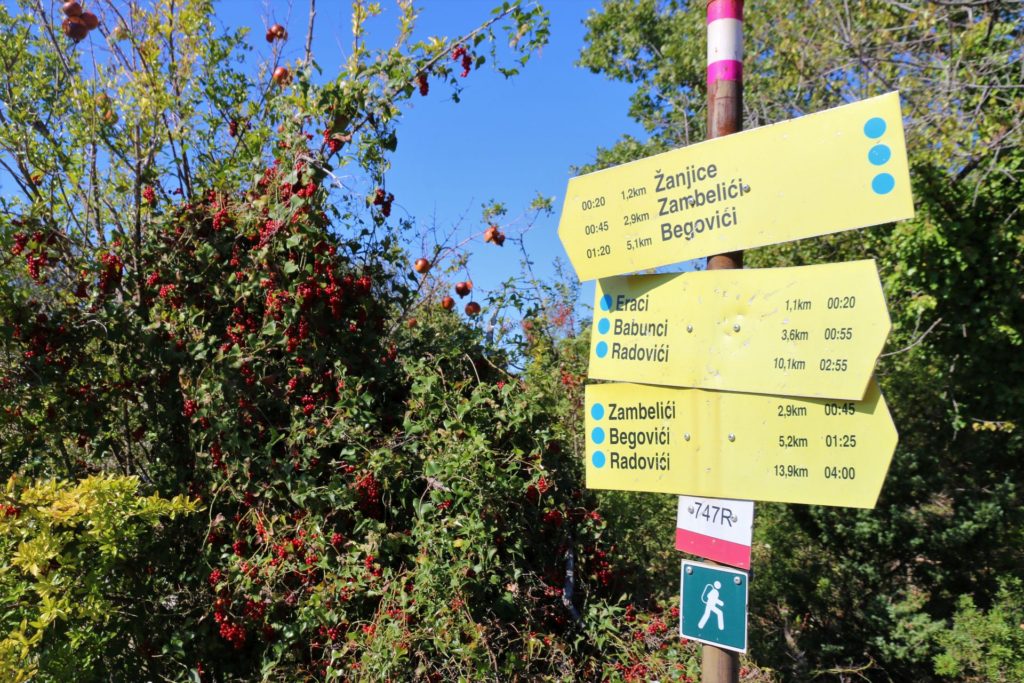 We returned to Radovići, passing the new Luštica Bay restort. and soon joined the Adriatic Highway – back home.
We returned to Radovići, passing the new Luštica Bay restort. and soon joined the Adriatic Highway – back home.
We made a beautiful tour around Luštica, full of contrasts, old houses, traditional villages and natural beauties, unfortunately often destroyed by new settlements. But if you compare Luštica to the rest of the coast, you can say that the peninsula is still rather undeveloped and wide and you can really see what authentic Montenegrin culture and lifestyle is all about.
My advice? Visit Luštica as soon as possible. It won’t stay this way for too much longer. There’s already a lot of development and much more is planned. So go and see this treasure before the olive groves and wilderness are lost to more villas and apartments.
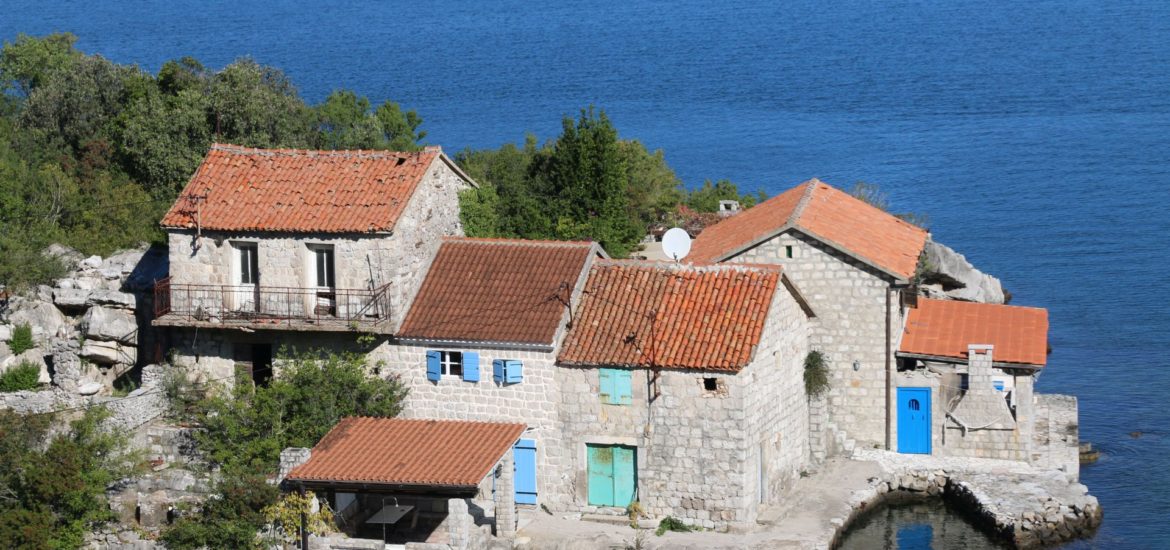

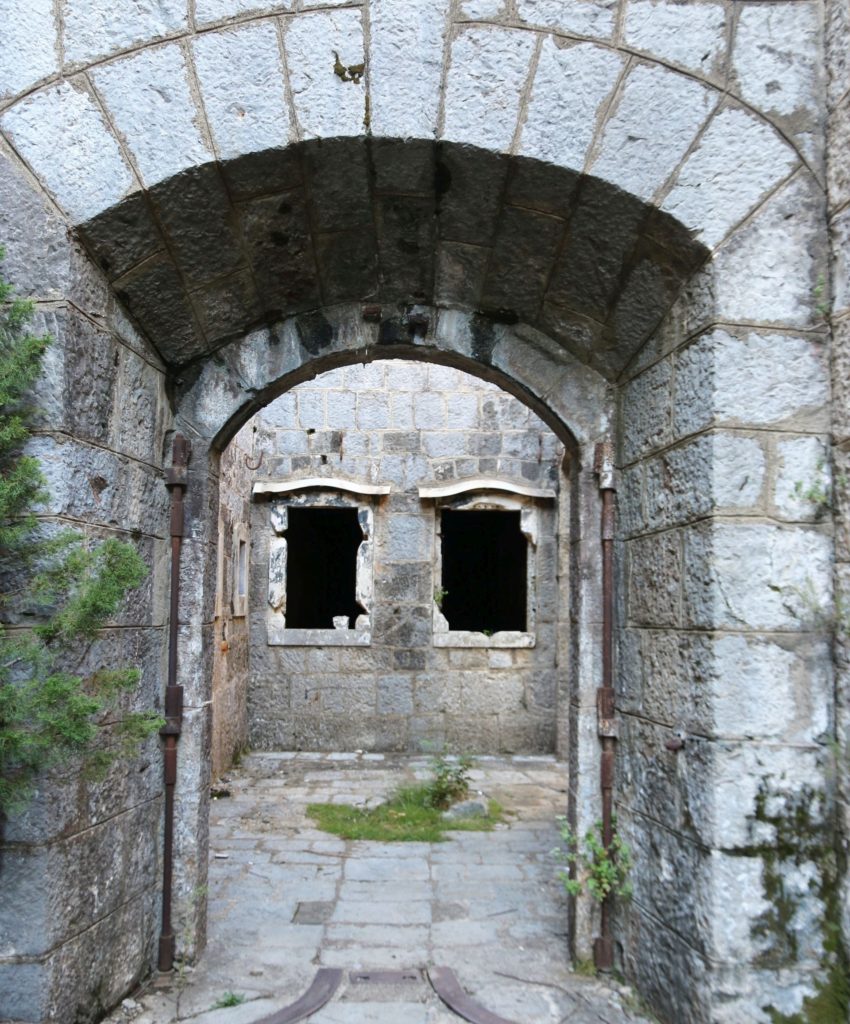
[…] Living in Montenegro blog […]